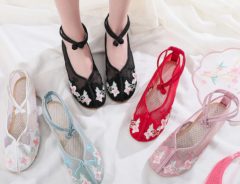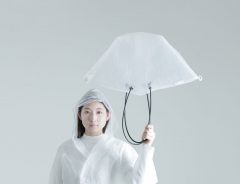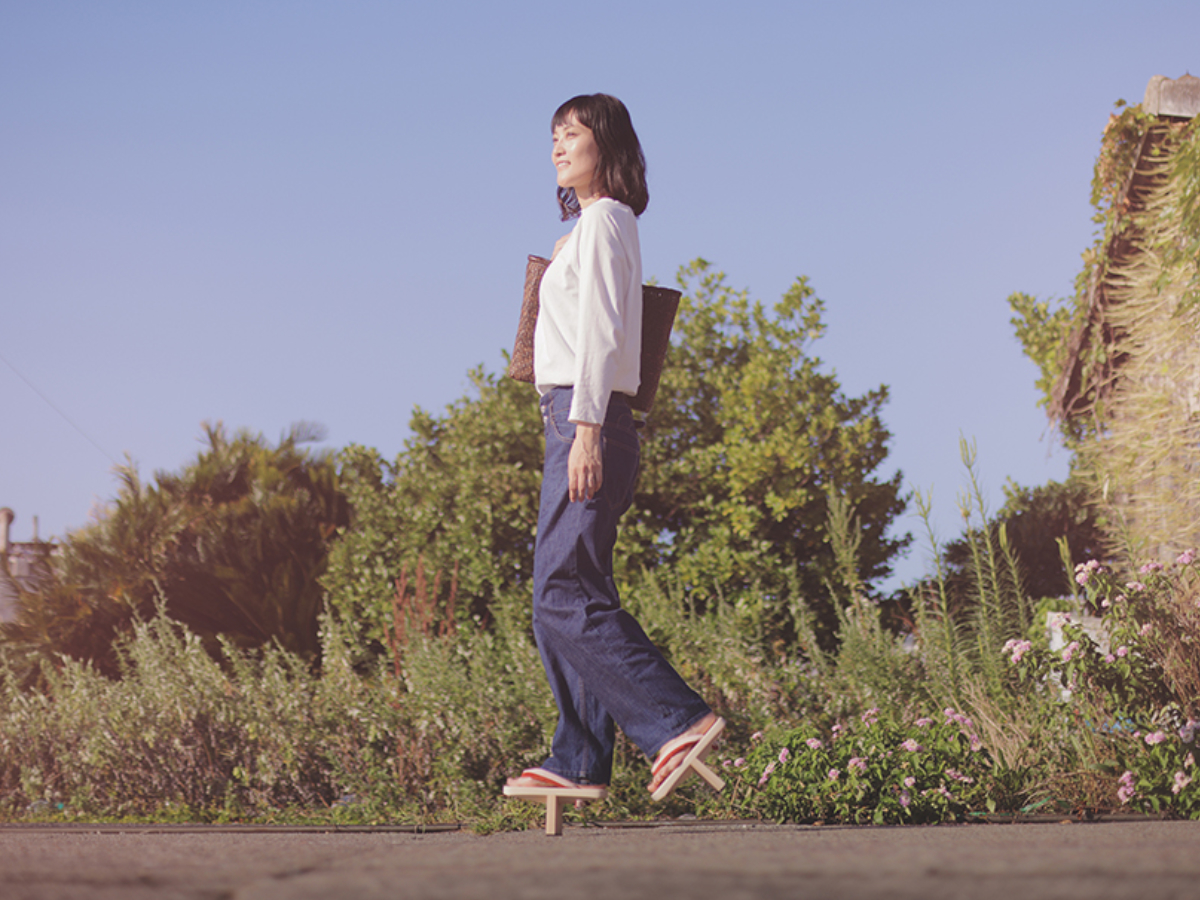Related Article
-

Interview with Kyoto Pop Singer Asachill
-

Fancify your feet with these summer shoes from Village Vanguard
-

Discarded plastic umbrellas are reborn as fashionable bags and accessories by sustainable brand PLASTICITY
-

Why is this University Art Student’s One-Piece Trending?
-

Let This Pawing Cat T-Shirt Handle Handshakes and Playing With Your Cat For You
-

Japanese artist adapts Elizabethan Collar for Cats



If you’ve ever been lucky enough to have a maiko, geisha or oiran pass you by in the streets, you may have noticed their approach before you sighted them due to the clickity-clack of their traditional platform shoes.
Known as geta, these shoes are made from wood and look like something resembling a type of flip-flop. Unlike the flip-flop, getas are elevated above the ground through protruding blocks of wood that are known as “teeth”. Geta most commonly come with two “teeth”, though there are versions which have only one tooth, and even rarer versions with three. The aforementioned “clacking” sound, which is referred to as “karankoron” (カランコロン), is owed to when these teeth make contact with the ground.
Once a common sight throughout the ages in Japan, geta are generally reserved for wearing with yukata during special occasions, though during the summer months when the temperature rises it is not too unusual to pair them with modern clothing.
Now, the shoes are making a comeback, with Japanese traditions and culture company Watomi setting up a crowdfunding campaign that they hope will see the return of the geta as both a fashionable choice of foot covering and a unique exercise tool.
Watomi claims the traditional patterned shoes can be worn casually and are easy to match with everyday wear. In addition, they bring attention to the sole of the “tooth”, which is made with durable vibram rubber, ensuring the wearer that the quality will not be diminished even if the geta are used on regular walks outside.
One thing that has always been looked at from a negative perspective when concerning geta and other traditional Japanese shoes is the lack of accommodation when it comes down to available sizes. With Watomi’s geta, purchasers have the option to choose from three different sizes and a variety of six colours.
So what can you expect from Watomi’s geta shoes?
Personal growth and progress through continuous wear
Just like with anything, the more time spent wearing single-toothed geta shoes, the better you’ll get at wearing them.
In the beginning it may be hard just to simply stand upright on the spot, but with practice, patience and persistence, you’ll eventually be able to wear them for longer periods of time and to walk further with them. Seeing this physical progression not only strengthens the body, but also the mind, as you show yourself what you are able to achieve through ongoing commitment
Easy incorporation of the shoes into everyday life
As a beginner, your first thoughts may lead you to thinking how difficult it is to walk in the geta. However, progression will be much quicker than you expect, and soon you’ll be able to replace your everyday shoes with them whenever you feel like going outside.
As a pro single-toothed geta wearer you’ll receive looks of admiration and curiosity, afterall people will be wondering how you learned to master such a traditional part of Japanese culture, and the shoes will be an active conversation starter.
Furthermore, if you choose to wear them indoors, the vibram sole will protect your floor and furniture from the teeth. Wearing them indoors and going about your day-to-day activity in them can help solve a lack of exercise that may have been brought on by the work-from-home lifestyle that has accompanied the global pandemic.
Eco-friendly and sustainable footwear
Watomi is proud to back the SDGs movement with the production of these geta shoes:
The foot strap, which is known in Japanese as the hanao (鼻緒), is made of cotton that has had it’s fabric dyed using natural dyes that are not harmful to the environment.
In addition, Ehime’s Nagahama Geta Factory – which manufactures the shoes – uses would-be-wasted hinoki and sugi wood from thinned forests in Shikoku.
If you are interested in getting your own pair of single-toothed geta shoes, these designs from Watomi are available to pre-order through the crowdfunding support site Makuake. Pre-orders are open until the 4th of April, and the shoes are expected to be delivered from the summer of 2022.